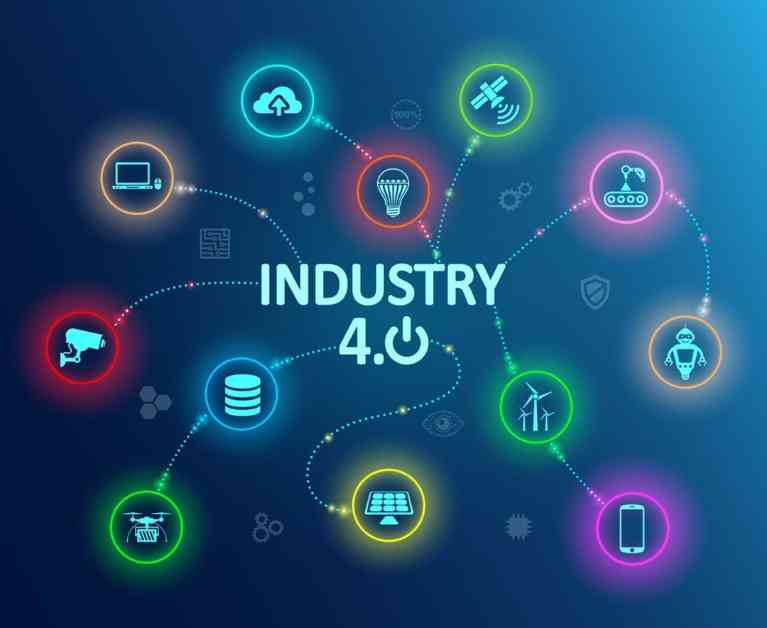Data Generation in Industry to Match Mobile Subscribers by 2030
The manufacturing industry is on track to generate a staggering 4.4 zettabytes of data worldwide by the year 2030, according to a recent report from ABI Research. This projection indicates that enterprises will soon be producing nearly as much Operational Technology (OT) data as will be generated by telco networks, primarily driven by consumer activities, within the same timeframe.
Leo Gergs, Principal Analyst for Hybrid Cloud and 5G Markets at ABI Research, highlights the significance of this data surge in the context of Industry 4.0. He emphasizes that data is increasingly becoming the lifeblood of industrial enterprises, fueling innovation and efficiency. Gergs draws a compelling comparison between the data generated by enterprises and that generated by consumers in telecommunications networks, noting that while the volume of data is substantial in both cases, the nature of the data differs significantly.
Enterprises operating within Industry 4.0 often deal with OT data that encompasses critical conditions in hazardous environments. Any malfunction in this data could have severe consequences, making it essential for these organizations to prioritize data integrity and security. In contrast, a significant portion of the data on telecommunications networks consists of entertaining content like cat videos and memes. While consumer data certainly has its own value, the stakes are higher when it comes to OT data in industrial settings.
ABI Research outlines three key domains that will play a crucial role in enabling enterprises to capitalize on the opportunities presented by the surge in OT data:
Infrastructure and storage needs: As the volume of OT data grows, enterprises will need to invest in robust data storage solutions to handle the influx of information. Additionally, upgraded network infrastructure will be necessary to support the high bandwidth required for transmitting vast amounts of data efficiently.
Data management and processing capabilities: The demand for sophisticated data management systems is expected to rise as organizations seek to organize, store, and retrieve OT data effectively. Currently, only a small fraction of enterprise OT data is effectively utilized due to data siloes. To unlock the full potential of their data for advanced applications like Generative AI, enterprises will need integration solutions that break down these siloes. High-performance computing and edge computing solutions will be essential for real-time data processing and analysis.
Cybersecurity concerns: The sheer volume of OT data, especially data generated by critical infrastructure, poses a significant cybersecurity risk. Enterprises must prioritize robust cybersecurity measures to protect their data from potential cyberattacks. The recent IT outage resulting from a malfunction in CrowdStrike software underscored the importance of a comprehensive security strategy. Gergs emphasizes the need for digitization partners who can provide tailored security solutions as part of a comprehensive data and cloud offering.
Gergs concludes by highlighting the immense opportunities surrounding enterprise data. Integration vendors, cloud service providers, and connectivity providers must rise to the challenge by investing in scalable solutions, enhancing data security, leveraging advanced analytics, and ensuring interoperability across platforms.
The findings presented in the Industrial Data Generation Forecast report shed light on the evolving landscape of data generation in the manufacturing industry. As enterprises gear up to match the data output of mobile subscribers by 2030, it is evident that strategic investments in infrastructure, data management, and cybersecurity will be essential for sustained growth and innovation in this space.






















